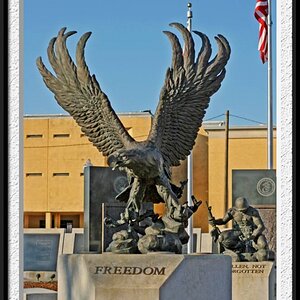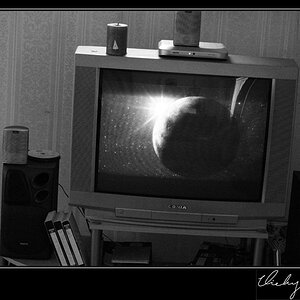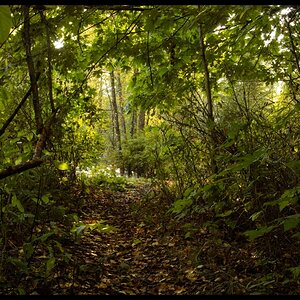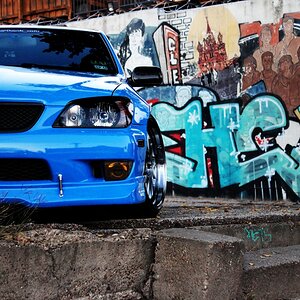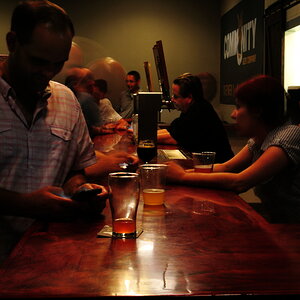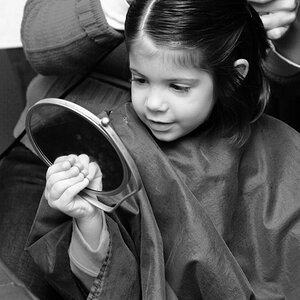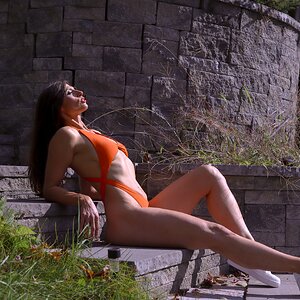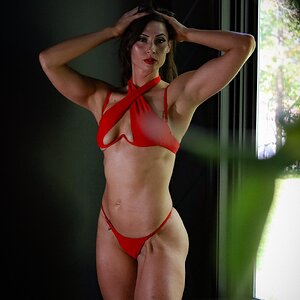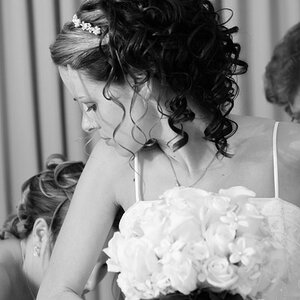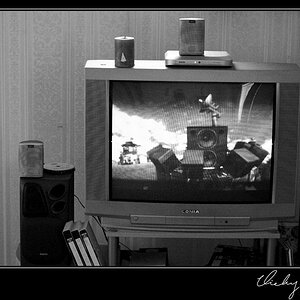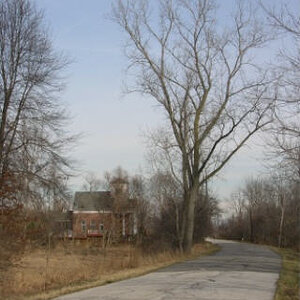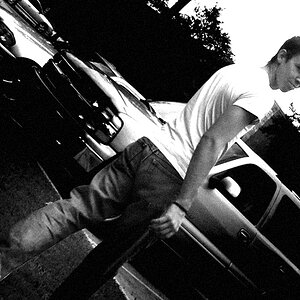Saddlebreds4me
TPF Noob!
- Joined
- Oct 28, 2008
- Messages
- 235
- Reaction score
- 0
- Location
- New Hampshire
- Can others edit my Photos
- Photos OK to edit
First of all I just want to thank those who have helped me with so many issues I've had shooting, focusing et al - this forum as been such a wonderful resource to me, so thank you!
I went to shoot another horse show this weekend and I had never been in the venue prior to the shoot (it's about an hour away from me). When I got inside to set up my camera I was less than pleased at the photographic conditions for natural light shooting. I was hoping to post a couple of photos and get some feedback on them. Having said that, also know that the exposure literally changed from one frame to the next as the very small strip of sun moved around the arena. The basic lighting was hanging incandescent lights with quite literally a netting that was hung under them throughout the arena - in case one of them fell? I don't know why it was there but it was a yellow/green/tan color netting. Ugh.
The walls were natural wood and the footing in the arena was the same color as the wall - no wonder with my new focal settings I was having issues because there was no contrast. Then you have, in the case of this photo - a chestnut colored horse and everything gets lost! Maybe these are the hazards of natural light shooting?
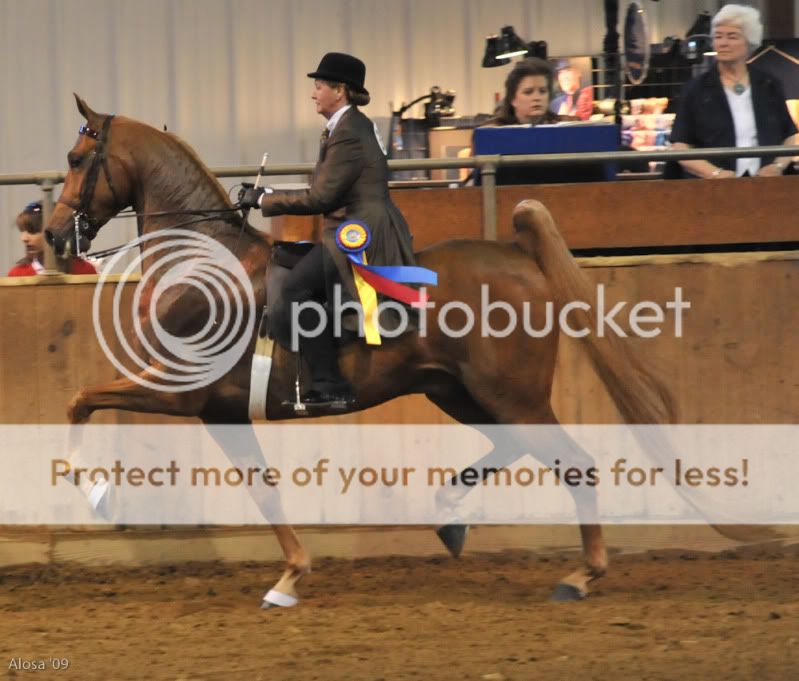
I tried playing with the individual colors in Lightroom but I was only making it worse...anyone want to try this?
As it got into the evening everything got worse because all I had was the artificial light - it was frustrating to say the least.
Aperture: f/2.8
Focal Length: 200mm
ISO: 2500 (I played with this quite a bit, not really knowing where to land)
Shutter Speed: 1/250
Then in late afternoon light in the same arena - I was able to get this:

The inconsistency drove me crazy! Thanks in advance for any help or suggestions.
I went to shoot another horse show this weekend and I had never been in the venue prior to the shoot (it's about an hour away from me). When I got inside to set up my camera I was less than pleased at the photographic conditions for natural light shooting. I was hoping to post a couple of photos and get some feedback on them. Having said that, also know that the exposure literally changed from one frame to the next as the very small strip of sun moved around the arena. The basic lighting was hanging incandescent lights with quite literally a netting that was hung under them throughout the arena - in case one of them fell? I don't know why it was there but it was a yellow/green/tan color netting. Ugh.
The walls were natural wood and the footing in the arena was the same color as the wall - no wonder with my new focal settings I was having issues because there was no contrast. Then you have, in the case of this photo - a chestnut colored horse and everything gets lost! Maybe these are the hazards of natural light shooting?

I tried playing with the individual colors in Lightroom but I was only making it worse...anyone want to try this?
As it got into the evening everything got worse because all I had was the artificial light - it was frustrating to say the least.
Aperture: f/2.8
Focal Length: 200mm
ISO: 2500 (I played with this quite a bit, not really knowing where to land)
Shutter Speed: 1/250
Then in late afternoon light in the same arena - I was able to get this:

The inconsistency drove me crazy! Thanks in advance for any help or suggestions.



